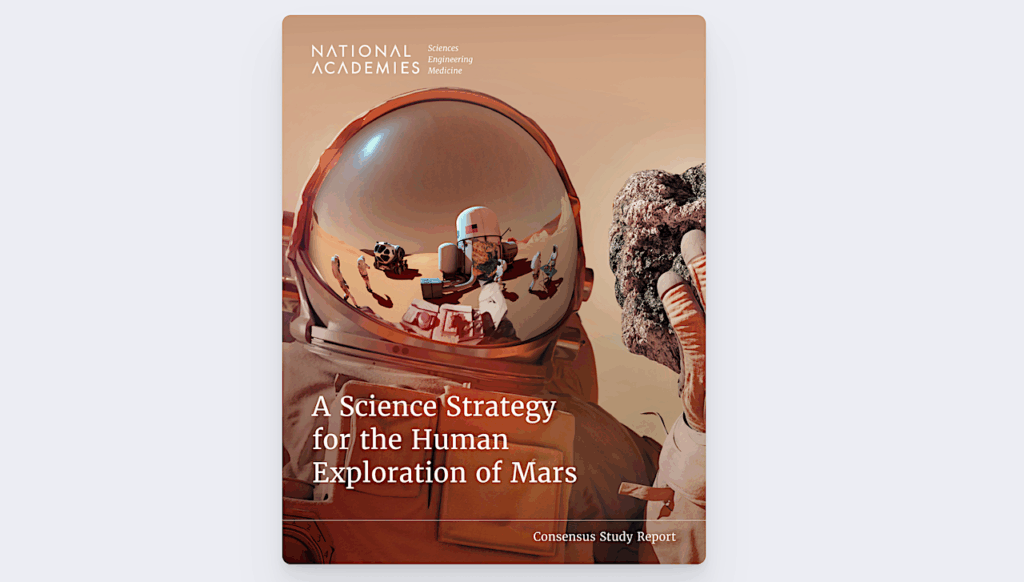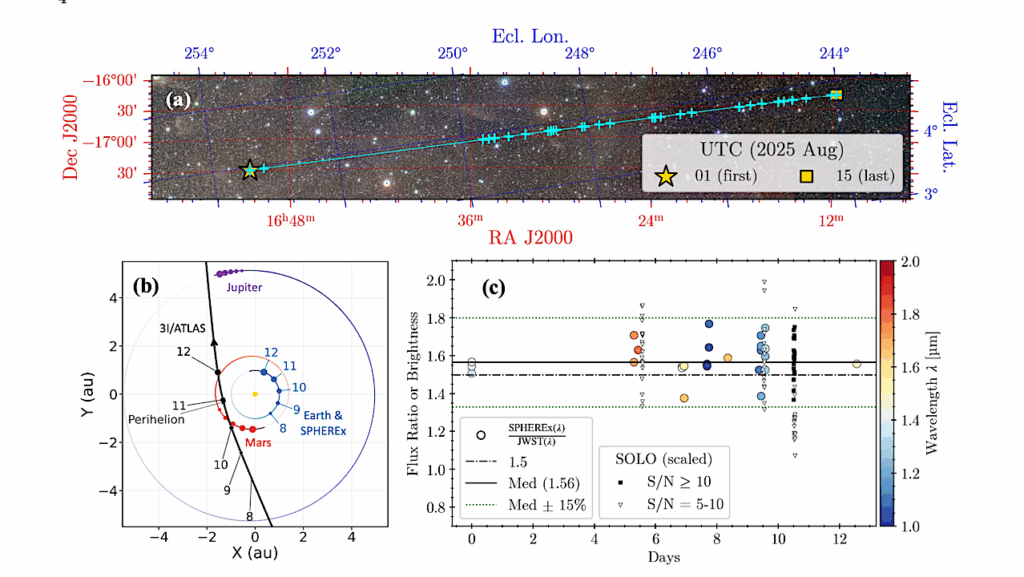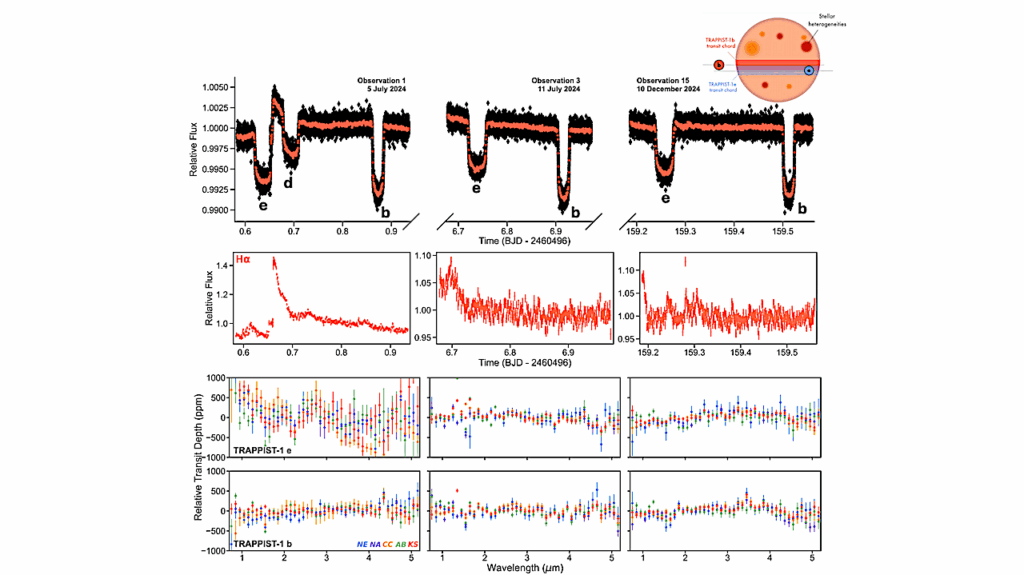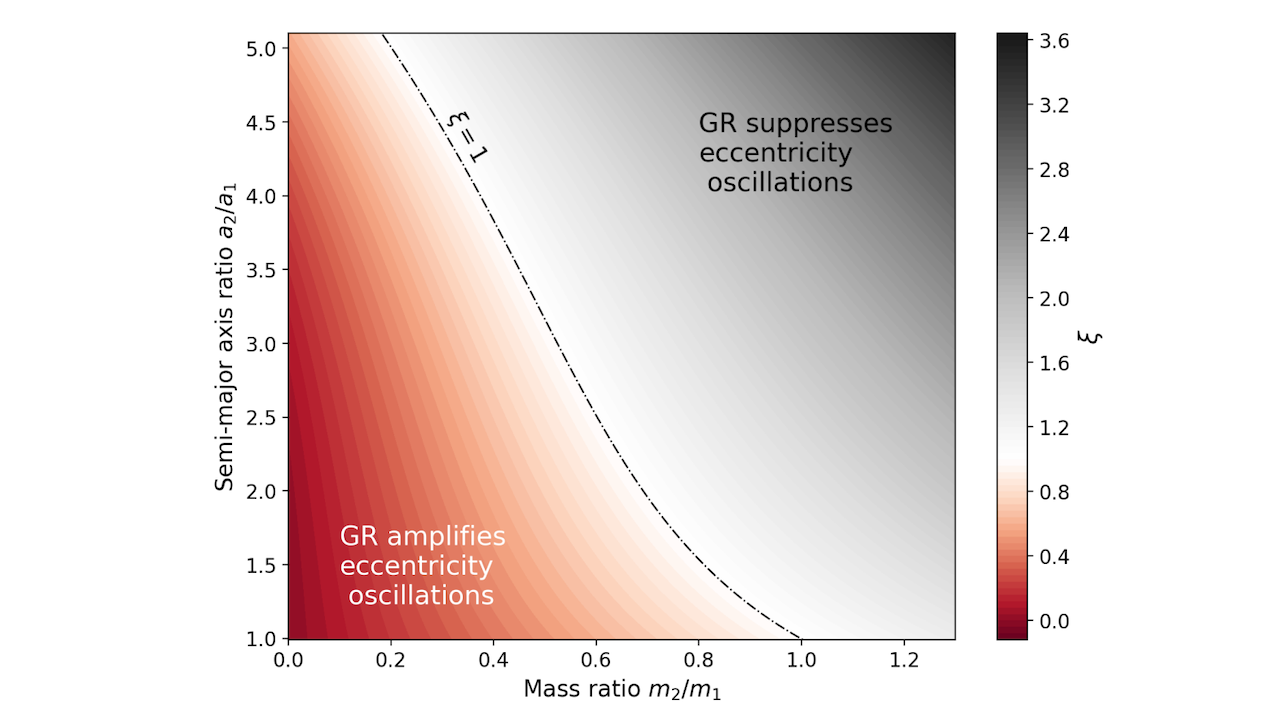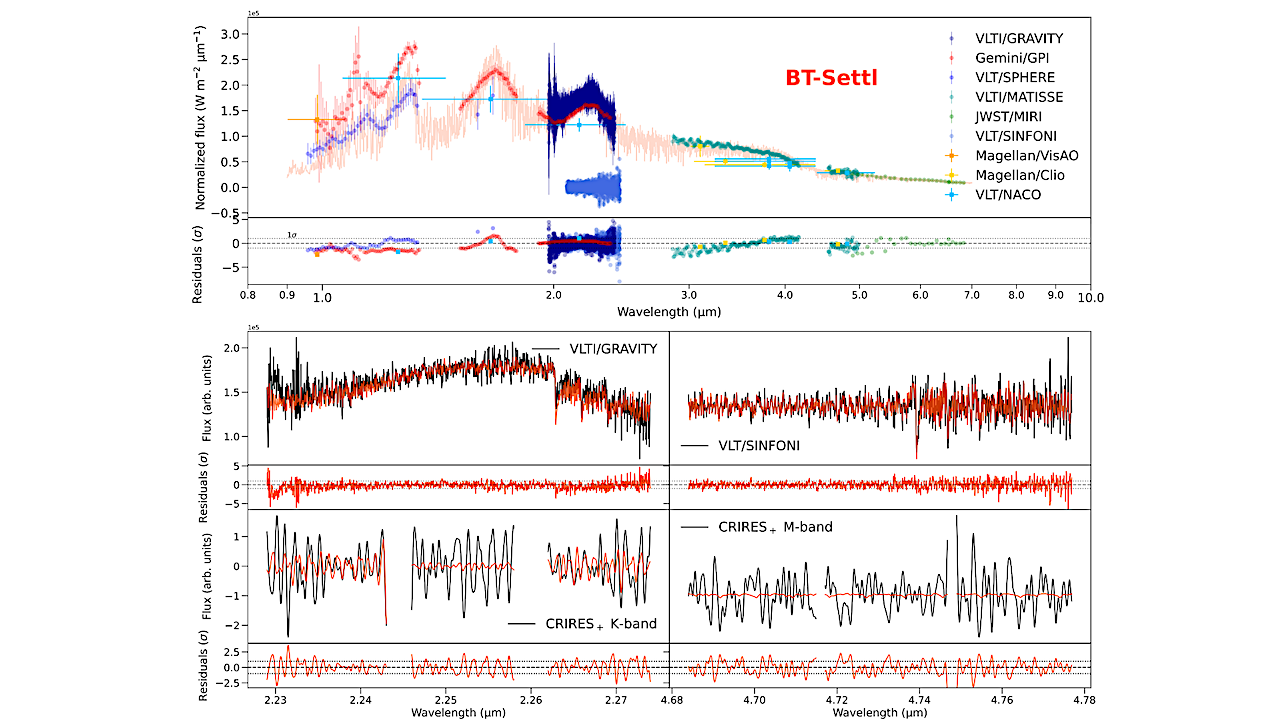Now Reading: The Open-Source Photochem Code: A General Chemical and Climate Model for Interpreting (Exo)Planet Observations
-
01
The Open-Source Photochem Code: A General Chemical and Climate Model for Interpreting (Exo)Planet Observations
The Open-Source Photochem Code: A General Chemical and Climate Model for Interpreting (Exo)Planet Observations
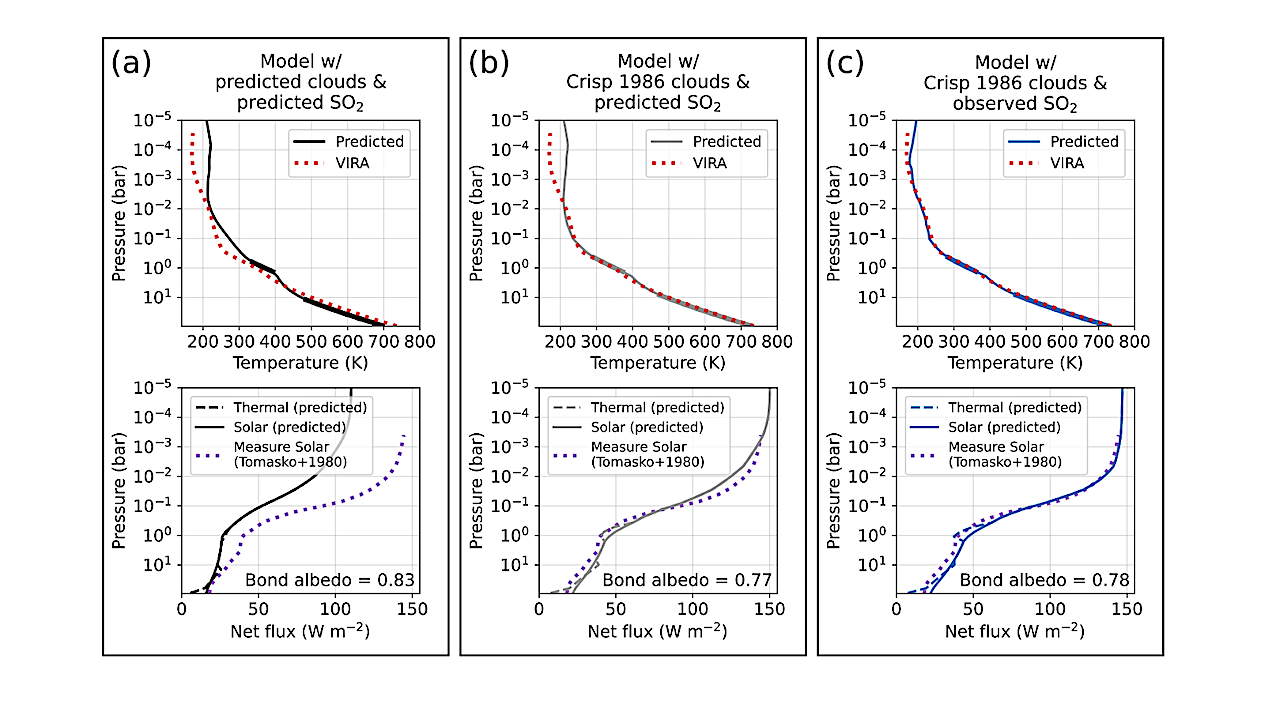

Climate simulations of Venus’s atmosphere. (a) A climate model that uses the H2SO4 clouds and gas concentrations predicted by the nominal photochemical simulation in Figure 2. (b) The same as (a), except the model uses observed cloud optical properties from D. Crisp (1986). (c) The same as (b), except the simulation uses Venus’s observed SO2 profile. In (a), (b) and (c), the top panels shows predicted temperature profiles compared to the Venus International Reference Atmosphere (VIRA, A. Seiff et al. 1985). Thick portions of the predicted P-T profile indicate convecting layers. The bottom panels are the net thermal and solar fluxes compare to the solar fluxes measured by Pioneer Venus (M. G. Tomasko et al. 1980). Our climate model can reproduce Venus’s energy balance (panel (c)) when we correct for inaccurate clouds and SO2 predicted by the photochemical model. — astro-ph.EP
With the launch of the James Webb Space Telescope, we are firmly in the era of exoplanet atmosphere characterization. Understanding exoplanet spectra requires atmospheric chemical and climate models that span the diversity of planetary atmospheres.
Here, we present a more general chemical and climate model of planetary atmospheres. Specifically, we introduce the open-source, one-dimensional photochemical and climate code Photochem, and benchmark the model against the observed compositions and climates of Venus, Earth, Mars, Jupiter and Titan with a single set of kinetics, thermodynamics and opacities.
We also model the chemistry of the hot Jupiter exoplanet WASP-39b. All simulations are open-source and reproducible. To first order, Photochem broadly reproduces the gas-phase chemistry and pressure-temperature profiles of all six planets. The largest model-data discrepancies are found in Venus’s sulfur chemistry, motivating future experimental work on sulfur kinetics and spacecraft missions to Venus.
We also find that clouds and hazes are important for the energy balance of Venus, Earth, Mars and Titan, and that accurately predicting aerosols with Photochem is challenging. Finally, we benchmark Photochem against the popular VULCAN and HELIOS photochemistry and climate models, finding excellent agreement for the same inputs; we also find that Photochem simulates atmospheres 2 to 100 time more efficiently.
These results show that Photochem provides a comparatively general description of atmospheric chemistry and physics that can be leveraged to study Solar System worlds or interpret telescope observations of exoplanets.
Nicholas F. Wogan, Natasha E. Batalha, Kevin Zahnle, Joshua Krissansen-Totton, David C. Catling, Eric T. Wolf, Tyler D. Robinson, Victoria Meadows, Giada Arney, Shawn Domagal-Goldman
Comments: Accepted to PSJ
Subjects: Earth and Planetary Astrophysics (astro-ph.EP); Instrumentation and Methods for Astrophysics (astro-ph.IM)
Cite as: arXiv:2509.25578 [astro-ph.EP] (or arXiv:2509.25578v1 [astro-ph.EP] for this version)
https://doi.org/10.48550/arXiv.2509.25578
Focus to learn more
Submission history
From: Nicholas Wogan
[v1] Mon, 29 Sep 2025 23:02:29 UTC (657 KB)
https://arxiv.org/abs/2509.25578
Astrobiology,
Stay Informed With the Latest & Most Important News
-
 012024 in Review: Highlights from NASA in Silicon Valley
012024 in Review: Highlights from NASA in Silicon Valley -
 02Panasonic Leica Summilux DG 15mm f/1.7 ASPH review
02Panasonic Leica Summilux DG 15mm f/1.7 ASPH review -
 03How New NASA, India Earth Satellite NISAR Will See Earth
03How New NASA, India Earth Satellite NISAR Will See Earth -
 04And Thus Begins A New Year For Life On Earth
04And Thus Begins A New Year For Life On Earth -
 05Astronomy Activation Ambassadors: A New Era
05Astronomy Activation Ambassadors: A New Era -
 06From Polymerization-Enabled Folding and Assembly to Chemical Evolution: Key Processes for Emergence of Functional Polymers in the Origin of Life
06From Polymerization-Enabled Folding and Assembly to Chemical Evolution: Key Processes for Emergence of Functional Polymers in the Origin of Life -
07SpaceX launch surge helps set new global launch record in 2024












